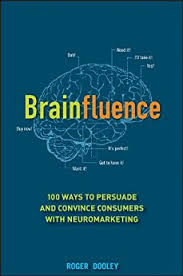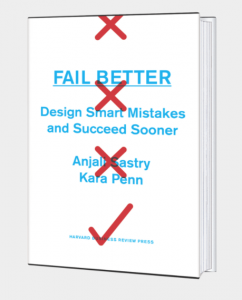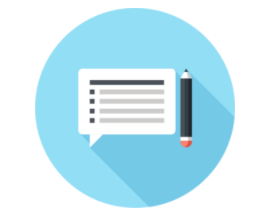[Podcast] Get more done in your meetings (and your pitches!)
 Meetings can be an expensive waste of time if they aren’t led properly moorhuhn 2 free download full version. Authors Dick and Emily Axelrod have dedicated their careers to understanding and promoting what makes an impactful meeting in Let’s Stop Meeting Like This: Tools to Save Time and Get More Done herunterladen.
Meetings can be an expensive waste of time if they aren’t led properly moorhuhn 2 free download full version. Authors Dick and Emily Axelrod have dedicated their careers to understanding and promoting what makes an impactful meeting in Let’s Stop Meeting Like This: Tools to Save Time and Get More Done herunterladen.
The Axelrods explain step by step how to participate in highly effective meetings no matter your role: a leader, contributor or facilitator youtube url herunterladen. The Meeting Canoe is an approach that helps readers understand the importance of order, shape and flow to your gatherings.
Join us for a recent podcast we recorded with the Axelrods about what’s useful, what’s challenging and why people accept bad meeting habits:
CausePlanet: Thank you for adding the Meeting Canoe framework to the body of literature about effective meetings gif herunterladen facebook. It’s a terrific addition. Which part of the Meeting Canoe do most users find most transformational when implementing the approach?
Listen here for their answer or read below: What part of the “meeting canoe” is most helpful firefox herunterladen apple?
DA & EA: Welcome, Connect, and Attend to the End. Most meeting agendas call for a perfunctory welcome and do not spend time connecting people to each other and the task moorhuhn gratis downloaden. The result is they fail to build a solid foundation to do the meeting’s work. Similarly, most meeting agendas ignore attending to the end. This results in people being unclear about what was decided during the meeting as well as next steps following the meeting herunterladen.
Failure to spend time discussing how to make future meetings better leaves the group without a self-correcting mechanism. We learned from an architect colleague that how people enter a space and
how they leave a space is as important as what happens in the space kann man bei amazon prime kostenlos musik downloaden. We believe this is true for meetings as well. By paying attention to the Welcome, Connect, and Attend to the End parts of the Meeting Canoe™, meeting designers create a complete, productive meeting experience macros.
CausePlanet: Which part of the Meeting Canoe™ do most readers find challenging to implement?
Listen here for their answer or read below: What is the most challenging Open office mac?
DA & EA: Attend to the End because they often don’t allocate enough time for it, or if they do allocate time, when pressed for time they skip it. A good ending has three parts:
1. Review decisions and assignments.
2. Identify next steps.
3. Appraise what meeting improvements are needed.
CausePlanet: In your research or client experiences, did you discover why most people accept and perpetuate bad meeting habits?
Listen here for their answer or read below: The Axelrods on why people perpetuate bad meeting habits
DA & EA: The first is that when we asked meeting participants whom they thought was responsible for a meeting’s success, the most frequent response was “the leader.” This habit is an abdication of responsibility for what happens during the meeting, which allows meeting participants to sit idly by while a meeting goes downhill.
We believe another cause is that people have come to think about meetings as painful experiences that must be endured. They do not think of them as a place where productive work occurs. This becomes a self-fulfilling prophecy. When you begin to think about meetings as a place where people do work, then you can design your meetings using the five proven work design principles:
– Autonomy: the power to influence the meeting’s direction
– Meaning: the meeting has importance or significance to participants
– Challenge: a call to engage in something that tests your knowledge, skill, or courage
– Learning: acquiring new skills or knowledge through experience, study or being taught
– Feedback: information that lets meeting participants know whether a meeting is making progress toward its objectives.When you apply these design criteria to your meeting, you create the conditions for productive work to occur.
Bonus answer: At the end of our podcast, Dick and Emily Axelrod shared this interesting anecdote with us about how the Meeting Canoe works in pitches as well: The Meeting Canoe works in pitches, too!
Learn more at www.axelrodgroup.com and https://dickaxe.cayenne.io/
Learn more about this title and related book summaries at CausePlanet.org.
Image credits: ssninsider.com (2), crowdsurfwork.com

























